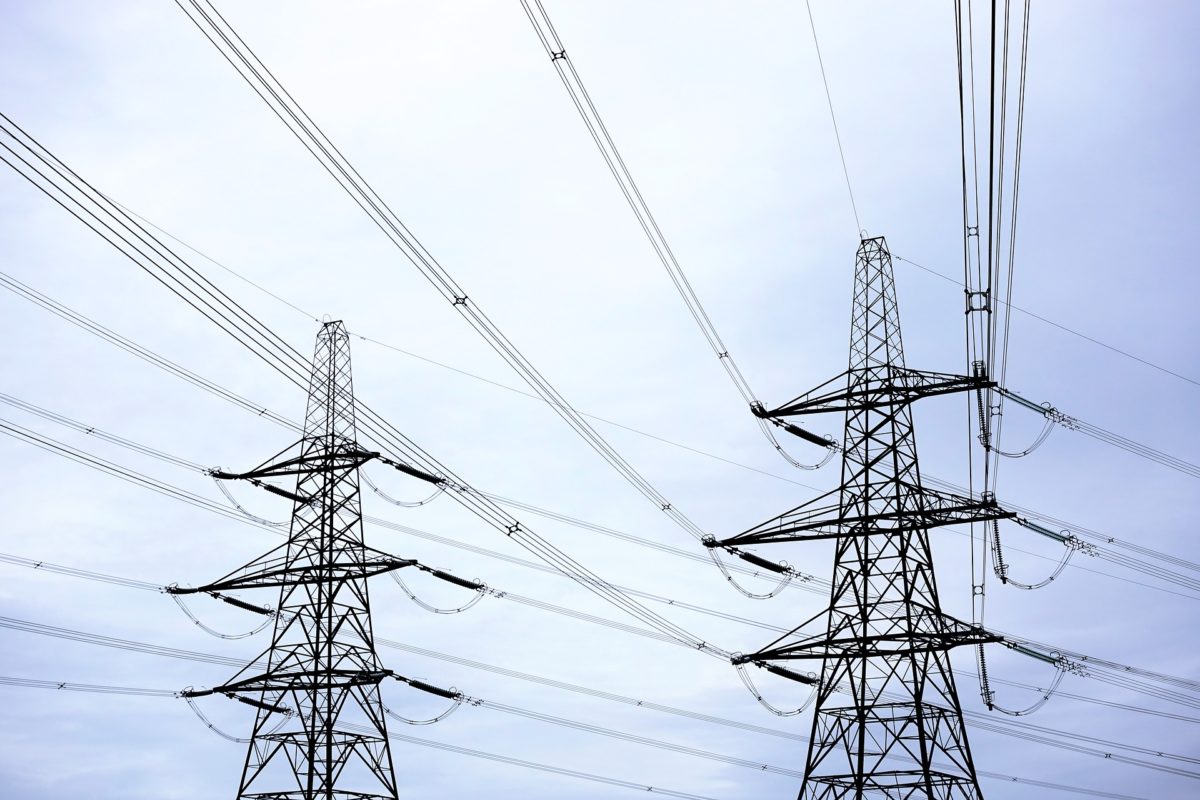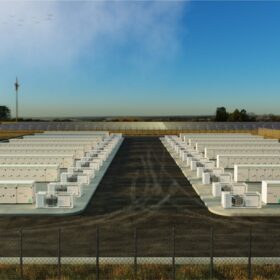Current work by states to advance the use of distributed energy resources (DERs) is “piecemeal” and “inefficient,” as “each state has to essentially reinvent the wheel,” says a report from the Distributed Energy Resources Task Force of the Energy Systems Integration Group (ESIG).
To achieve the full grid benefits and pollution reductions that DERs can provide, the report says a national initiative on DER integration is needed.
Such an initiative could foster a transition to a high-DER electricity system, through “ongoing changes” in multiple areas, namely DER interconnection to the grid, distribution and transmission planning, data access and communication, distribution system operations, utility regulation, retail rates for electricity, and electricity markets.
The task force considers DERs to include not only distributed solar and storage, but also electric vehicles and responsive load.
States including California and New York are developing their own distribution-level solutions to DER integration, the report says, but such state-by-state work “will lead to a proliferation of disparate standards, terminology and approaches” to DER integration that will “generate confusion and increase costs,” and yield lower DER benefits to customers.
The first goal of a national initiative would be to identify “near-term, least-regrets” actions. As a first step toward that goal, the report recommends a process of establishing a “core set” of models for distribution system and market operations, based on a detailed mapping of grid functions to different actors in these different models. The report mentions California’s high-DER proceeding, which is considering these issues.
The report says that models for distribution system operators (DSOs) could include, at one extreme, a DSO managing its local distribution area, with a single transmission-distribution interface to ensure reliable real-time operation in coordination with the regional grid operator or other transmission system operator (TSO). At the other extreme, a TSO would extend its network model and operational capabilities into distribution systems and be responsible for all distribution system and market operations. The report also describes possible hybrid models between those two extremes.
After “near-term, least-regrets” actions were identified, the ESIG task force recommends “a structured dialogue” around DER integration challenges that will require more time to resolve.
Insights from the United Kingdom and Australia
A national initiative on DER integration could draw insights from similar initiatives in the United Kingdom and Australia, says a second report by the same ESIG task force, which describes those initiatives.
The UK initiative analyzed five different models for the types of services that distribution system operators (DSOs) would provide, using “the Smart Grid Architecture Model methodology and a licensed Enterprise Architect tool.” That led to identification of eight “no-regrets functional and system requirements for DSOs, independent of the market model.” The UK initiative is ongoing.
The initiative in Australia, a country with “world-leading uptake” of rooftop solar, was modeled on the UK project and used several of the same consultants and analytical tools. The initiative identified three “least-regrets” actions that distribution network service providers would need to implement “under any future conditions.” The initiative was conducted over three years and is now complete.
An earlier ESIG report outlined minor “no regrets” changes to distribution planning and operations, to enable owners of distributed solar and storage to participate in wholesale markets.
ESIG is a nonprofit organization that “marshals the expertise of the electricity industry’s technical community to support grid transformation and energy systems integration and operation,” the group says in its reports.
The ESIG report on a national DER initiative is titled “The Transition to a High-DER Electricity System: A National Initiative on DER Integration for the United States,” and is accompanied by a fact sheet. The ESIG report on initiatives in the UK and Australia is titled “Lessons Learned for the U.S. Context: An Assessment of UK and Australian Open Networks Initiatives.“
This content is protected by copyright and may not be reused. If you want to cooperate with us and would like to reuse some of our content, please contact: editors@pv-magazine.com.








ABSOLUTELY!!!
Utilities must manage it, NOT TOM, DICK & POLITICIANS.
Thank you for these reports. I hope public input offered to the DOI in Nevada, (during corporations’ applications for permits to build commercial utility scale “large array”, region-crossing infrastructure on essential remaining biological refugia wildlands) – will cause a slow-down in project scheduling, concurrent with markets and tech completely bypassing the large array on empty land business model. Hoping the DER study is going to help the seachange.